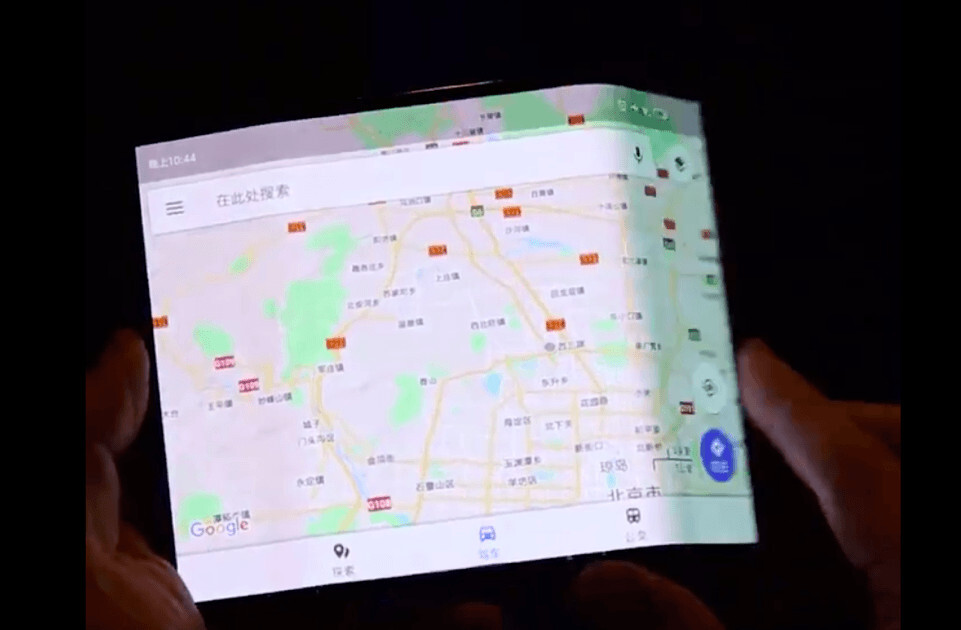
You created a super cool startup.
You got a little seed money from your 3rd cousin twice removed.
Now what?
Coming up with an idea for a startup is a great beginning. Building a minimum viable product (MVP) is a wonderful next step. But how do you actually make people aware of your startup so you can attract paying customers?
After all, getting into the startup world can be very lucrative. Valuations and fundraising are growing. But only if you don’t get users and customers, you won’t be quitting your day job anytime soon.
Here are five genius ways to fix the problem of no one knowing about your startup.
Idea 1: Get some press
I’m not talking about hiring an expensive PR firm. Chances are your money is going towards development, customer service, web hosting, and other important things — things that you need to spend money on to actually have a working product or service.
Instead, you should try using some tools like HARO (Help A Reporter Out) and OnePitch to get some free publicity. But there’s a trick to getting the most out of services like these.
Brad Smith, CEO of Codeless writes that, “HARO sounds like a promising idea. Until you realize each journalist gets instantly bombarded by dozens (hundreds?) of mediocre pitches. The trick is to recognize that problem, and craft a compelling story that instantly fits their narrative — without getting lost in the shuffle. So don’t hedge or bury the lead. Lead with pattern interruption and back it up with substance (stats, examples, links, etc.) in as fewest words possible.”
Idea 2: Be part of the conversation
The internet is already talking about the problem that you believe your startup can solve. So be part of that conversation. Is there a subreddit that you could engage in? What about social media?
In fact, I found out about OnePitch (listed above) because someone on their team hounded me on social media. She liked all my tweets, retweeted, DMed me and basically made it impossible for me to miss their existence. And it worked.
Get involved with the conversations that are already happening on social media, public forums like reddit and Quora, industry forums, and anywhere else that your ideal customer is likely hanging out. It’s not scalable — but right now you need hustle — not scale.
And don’t forget about podcasts. You might not be listening to podcasts, but your ideal customers likely are. What makes podcasts even more exciting is that you can usually land a spot for free because podcast hosts are always looking for fresh ideas to talk about.
Jenna Redfield, the host at Twin Cities Collective Podcast, offers some tips on how to land a spot on your favorite podcast, “Sending an email or LinkedIn message asking if they can share their expertise should come with a lot of ‘yeses.’ If there’s a no, usually they either don’t understand your startup or haven’t heard of yours before and don’t know if it’s worth their time. Sending out a media kit or number of followers, especially if you are cold emailing can help turn their answer into a yes.”
Idea 3: Leverage influencers
People might not know who you are, but they do know who Kim Kardashian is. They also know who a myriad other, more niche, influencers are people with 10k-100k followers on Instagram, YouTube, Facebook, and other platforms. Your future customers are consuming their content, watching their stories, and buying their advice.
Most of the time, this is a “pay to play” field. Influencers have become more sophisticated with rate sheets, demographic profiles, and many other statistics that prove why they charge what they charge.
But this doesn’t have to be a shot in the dark. In this Infographic, Travis Hawley states that, “Gone are the days of blindly throwing money at top-funnel metrics like views, reach and impressions.” Savvy businesses are demanding movement on the bottom line from the influencers they work with.
Idea 4: Advertise
You can’t argue that Facebook Ads aren’t valuable for driving awareness of new brands. If you’re short on time, but have a little cash, creating some compelling ads and putting them on Facebook can be one of the fastest ways to get your message in front of your ideal customers.
You can build a custom audience around people that are in specific zip codes or other demographics, or you could build the audience around their interests (i.e., everyone that loves cats in 90210), or you could build an audience that’s similar to your current list of paying customers. That kind of flexibility lets you save money by only targeting people that are more likely to want your solution.
The audiences combined with the number of different ad formats (like video, or single image, or carousel, and many more), make it one of the easiest ways to customize your message. But, it can also be a bit overwhelming at first, so read this incredible guide before you get lost in the sea of options.
Idea 5: Traditional media
Digital marketers, like myself, tend to shy away from traditional media. It scares me that I can’t say precisely how much traffic or how many sales you’ll get from a spot on the local TV station. But that doesn’t mean it’s not still very effective.
I found that out first hand when my wife (and business partner) landed her retail startup on the cover of our local town magazine. Her web traffic and Instagram account surged much more than I would have initially thought.
But, this goes beyond just magazines. Radio, TV, magazines, and even billboards, are great ways to reach your ideal customers.
Jason Quey, Co-Founder of Growth Ramp, recently told me about how he ‘hacked’ billboards: “When working for Inman, we negotiated eight billboards for $2,000 a week in San Francisco. The estimated cost per 1,000 impressions (CPM) was under $1. To track success, we tested a billboard design that had a high ROI on Facebook ads. Typically it’s best to start with what you know already works. Then, we sent them to a unique URL that would redirect to the main website with a UTM tracking code.”
Conclusion
These are just five ideas for making sure people know about your startup. Try them out and see what works for you — or, come up with your own. Don’t be afraid to get creative.
Get the TNW newsletter
Get the most important tech news in your inbox each week.




